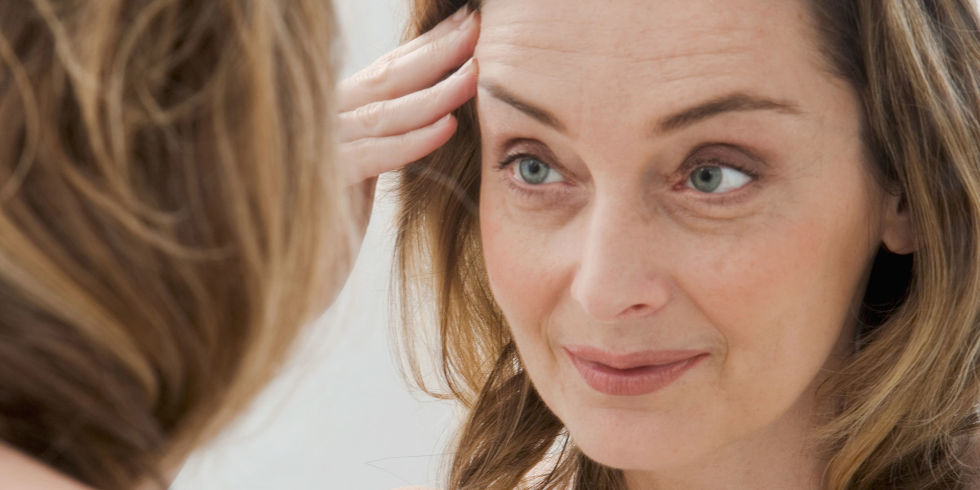When the seasons change and it gets colder, it’s a good idea to switch up your skincare routine. We like switching up our moisturiser in place of one with a heavier formula and taking more time to apply lip balm.
But most of us tend to shun one product that is actually important in winter…
When the sun disappears, many people put their sunscreen away, but it’s essential that you to use it all-year round, as UVA rays are still present say experts.
Dr Phillip Levy, aesthetic dermatologist and founder of Dr Levy Switzerland, says, ‘People often assume that with lower temperatures, there is less of a need to protect your skin from the UV rays. This might be correct when it comes to UVB rays, which are responsible for burns, but not so much for UVA rays – the ‘Ageing’ rays – which go deeper into the skin and create longer-lasting damage.
But slapping on some SPF at the beginning of the day just isn’t enough. Dr Levy adds, ‘And although I know most people don’t follow this advice consistently, it is my duty as a dermatologist to remind them that sun protection should be reapplied every two hours ideally. Including in the winter.’

When you apply sunscreen, you are effectively giving your skin – via texture and chemical composition – a protective barrier that deflects UV rays.
Dr Levy says, ‘This ensures that the skin’s surface is protected, and lessens the chances of being burnt by the sun. Wearing and reapplying sunscreen, reduces the chances of developing age spots. UVA rays penetrate into the dermis of the skin, which further damages the fibres of the skin, making it appear more taunt. Once, the dermis is damaged, the risk of wrinkles forming heightens.’
He adds, ‘The strength of UV rays fluctuates throughout the year, yet the UVA rays, which penetrate into, and damage, the deeper skin layer only fluctuates by 20% or less. Hence strong sunblock with a high UVA protection is essential both for health and beauty reasons.’
In fact, your location has a big impact on how exposed you are to UV rays – and while many of us think that lounging by the pool may be the top scenario for exposure, you’re wrong. It’s actually snow.
Dr Levy says, ‘It is even more important to apply high anti-UVB (SPF) and anti-UVA sunblock when venturing to places with great snowfall, as snow has a reflection factor of 100%, resulting in you being exposed to direct sunlight. When combined with higher altitude, exposure to UV rays in the mountains is even higher than that at the beach, or next to a pool, in the summer.
‘And always make sure to pay attention to areas of the body which are often exposed and reapply an anti UVA and UVB sunscreen every two hours.’
So what should I look out for when selecting an effective sunscreen?
‘I would recommend to opt for a sunblock which has an SPF factor of 30 or above, to ensure adequate protection. Please do remember though that SPF only protects against UVB rays, so it is essential to check the sunscreen you use offers ‘broad-spectrum’ protection, i.e. from both UVA and UVB rays,’ advises Dr Levy.
‘A sunscreen I would recommend is La Roche-Posay Anthelios XL Comfort Tinted Cream SPF 50+ which works as not only a strong anti-UVB and UVA blocker, but also a great BB cream!’












